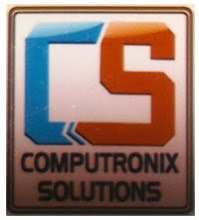Saturday, February 13, 2010
Flying Toy RC Helicopters
The typical toy heli is a 2- or 3-channel model that can fly up and down, maybe forward and sometimes backward, and go left and right. It may run at a constant speed. It can hover in place but it's probably not going to be able to do high speed chases, loops and rolls, or inverted flight.
In order to provide more stable flight, the tail may not have the familiar tail rotor and blades of real helicopters that are set perpendicular to the main rotor. Instead they often have fixed pitch, counter-rotating dual main rotors (ringed for safety). These rotors eliminate the need for the operator to use tail rotor controls to counteract a natural phenomenum of helicopter flight that makes the body of the helicopter want to spin around and around.
Because the main rotors are fixed pitch (blades don't tilt independently), there are no cyclic controls -- tilting of the main rotor -- for climbing and diving or doing banking turns. Instead, the dual main rotors provide level turning. Some models have a small rotor on the tail (parallel to the main rotors) or vertical rotors in other locations that control forward flight and provides further stability.
These design changes sacrifice some of the maneuverability found in hobby-grade helicopters but it also means that the pilot needs to perform fewer actions to keep the helicopter in flight. Simpler controls, slower speed, and less aerobatics ability makes these toy helicopters easier to fly and provide children and novice pilots with more entertainment value. It doesn't mean that you can master RC helicopter flight right out of the package though. Even with the toy helis it takes patience and practice to hover, fly around the room, and land upright.
For a step up from toy helicopters but with the stability features that make for easier flight, consider a hobby-grade Blade CX. It provides easier hovering and control but has the advanced features of hobby helicopters.
Subscribe to:
Post Comments (Atom)

No comments:
Post a Comment